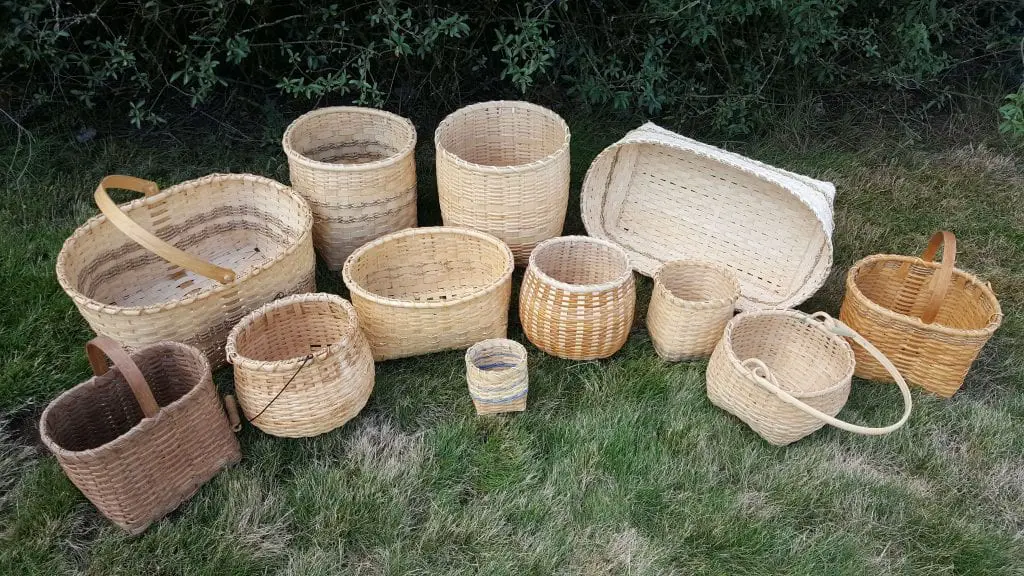
Baskets are one of the most helpful tools in the house and everywhere. It can store, carry, and add statements. When used, it can create a beautiful and arrange finished, especially in terms of storing and design. That is why baskets are a staple product everyone must-have.
One of the wonders of basket making is being able to do it at home. Sure, it could sound very intimidating, but it can be a good hobby that you can turn into a business. If you have time, learning basket making can be your choice, especially when you don’t mind doing hard work and using different tools.
Though basket making sounds intriguing, there is no need to get intimidated. Basket making can be learned. The key is to know what you are going to face. There are a lot of different styles and techniques presented over time, and it might get very boring and exhausting to know those, but if you are willing to give basket making a try, here’s what you need to understand.
Beginner’s Guide to Basket Making Terminology
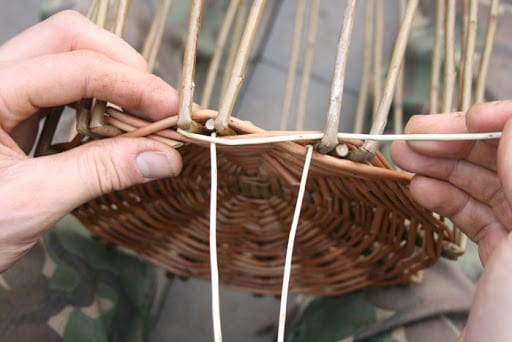
Basket making also includes different terminology which you need to know first. Understanding these terms help you understand basket making techniques and other things essential for your basket making preparations. Get to know the following terms:
Stakes
These are the parts of the material that makes the spoke or the wires connecting to the center of the basket. This is where the foundation of the basket lies.
Weaver
The material needed to weave around the stakes and make the walls of the basket.
Upsetting
The manner of folding the stakes to create a fold or crease in which the base and the wall of the basket meet. The crease allows making the walls straight and secure.
Lashing
This is a technique used when the woven material is coiled around the rim to hold it securely in the basket.
Lashing
This term is used when two weavers are woven together and create a weaver pattern. The weavers are crossed between the stakes.
Rim
This means the material used to create the finishing look. It used pieces of weaving substances that are wrapped on the upper edges once the wall of the basket is done. Thus, this creates the final look of the basket.
Basket Making Materials Used
Basket making uses a lot of different available materials. Each material has its distinctive features. Here are some of the following:
Willow Wands
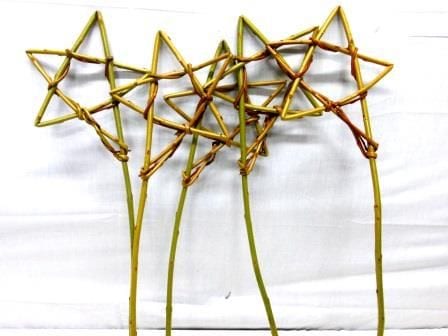
Three types of willow trees are best for basket making. These include Salix triandra, Salix viminalis, and Salix purpurea. Most of the basket makers grow their willow trees.
Grasses
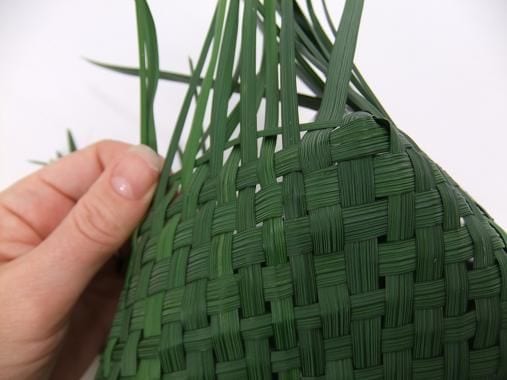
Grasses are also used in basket making. They are easy to control and weave around. There are different kinds of grasses available.
Reed or Rattan
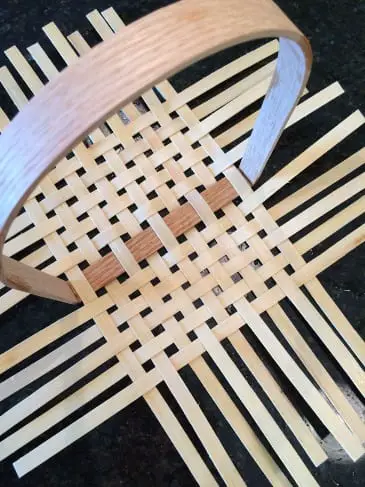
Most baskets are commonly made of reed or rattan. Most of this material is harvested in South East Asia and Indonesia. It is from a thorny plant that grows like a vine.
Other common materials used are straw, vines, stems, thread, wooded splits, and also animal hairs.
Basket Weaving Styles for Basket Making
There are also several basket weaving styles used for basket making. These weaving styles allow different features that make each basket different and incredible.
Woven or wicker
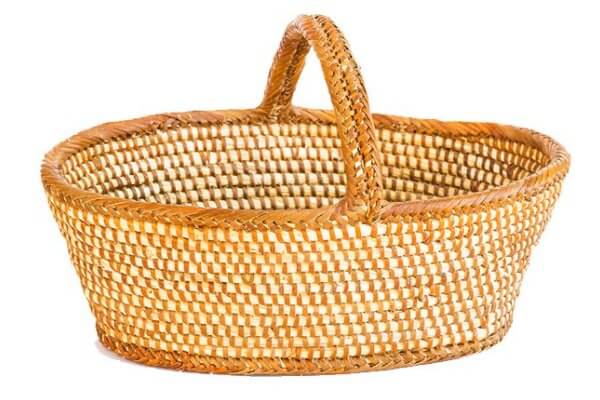
This is the most traditional and popular basket weaving style generally used to create platters and other serving baskets. It has an easy and uncomplicated design that makes it clear, clean, and distinct.
Twined
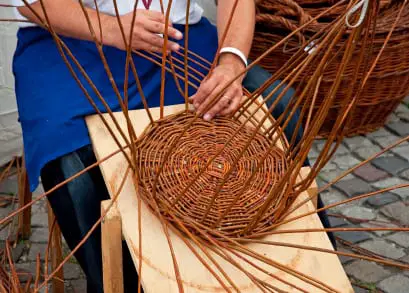
This is the same as weaving but will need to stand to go over and under the ribs of the basket. This can be complicated for a beginner since it needs more or three material woven together, so it can be confusing. The practice is needed to pull this off. Reeds, lilies, and bark are best used for this technique.
Plaited
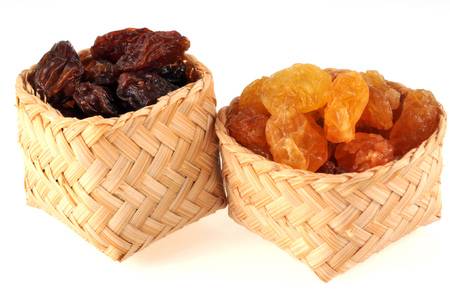
This technique includes suing bigger and wider materials to create a pattern that can be similar to ribbons woven together. They need to be identical and woven at the right angle to create the right pattern. The banana leaves weaving is one of the best examples.
Coiled
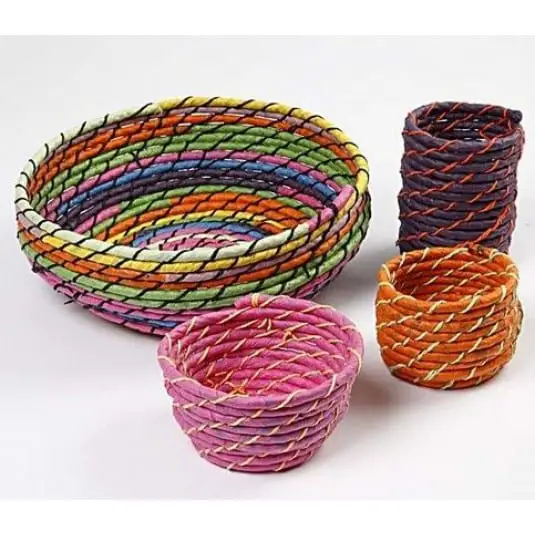
This type of weaving style needs a basket with a base, shape, and rim. The difficulty level depends on the shape of the basket, and the materials used. It is made with the material wrapped around and sewn together while following order or pattern.
Basket Making Tools Needed
There are basket-making tools you need to get to effectively do the different basket making techniques. Here are the following tools:
Bodkin
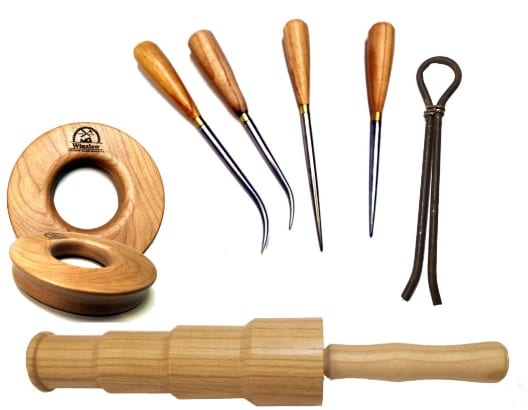
when compared to sewing and crocheting, a bodkin is a needle and the crochet hook. It gets the job easier by helping get the stake in place and shifting the rod in position when the gap is done.
Round-nose pliers
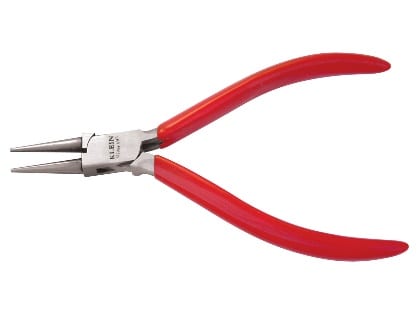
Pliers will also help get the job easier. This works best for twisting the stakes before bending, especially when you have sharp angles that need extra care.
Scissors
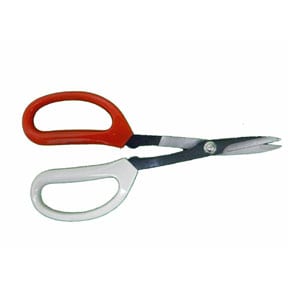
Sharp and big scissors allow you to cut the materials used easier. Secure one since basket making needs a lot of cutting and adjusting.
Side cutters
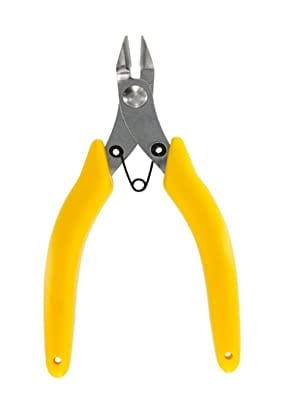
Side cutters are also best for cutting the ends of the materials firmly and easily. This will help you cut the pointed edges to avoid getting poked by them.
Conclusion
Basket making is indeed a hobby that needs to be considered seriously. It is not easy work, and it needs more than just practice. It needs understanding and patience, as well. However, just like all things, it is not impossible to learn and master basket making. Sure, it would be difficult at first, but it can get better. If you are considering basket making, this is your chance to try one. You will be surprised by the result in the end. Try with easy and simple techniques. After finishing your project, basket making wouldn’t be the same.

